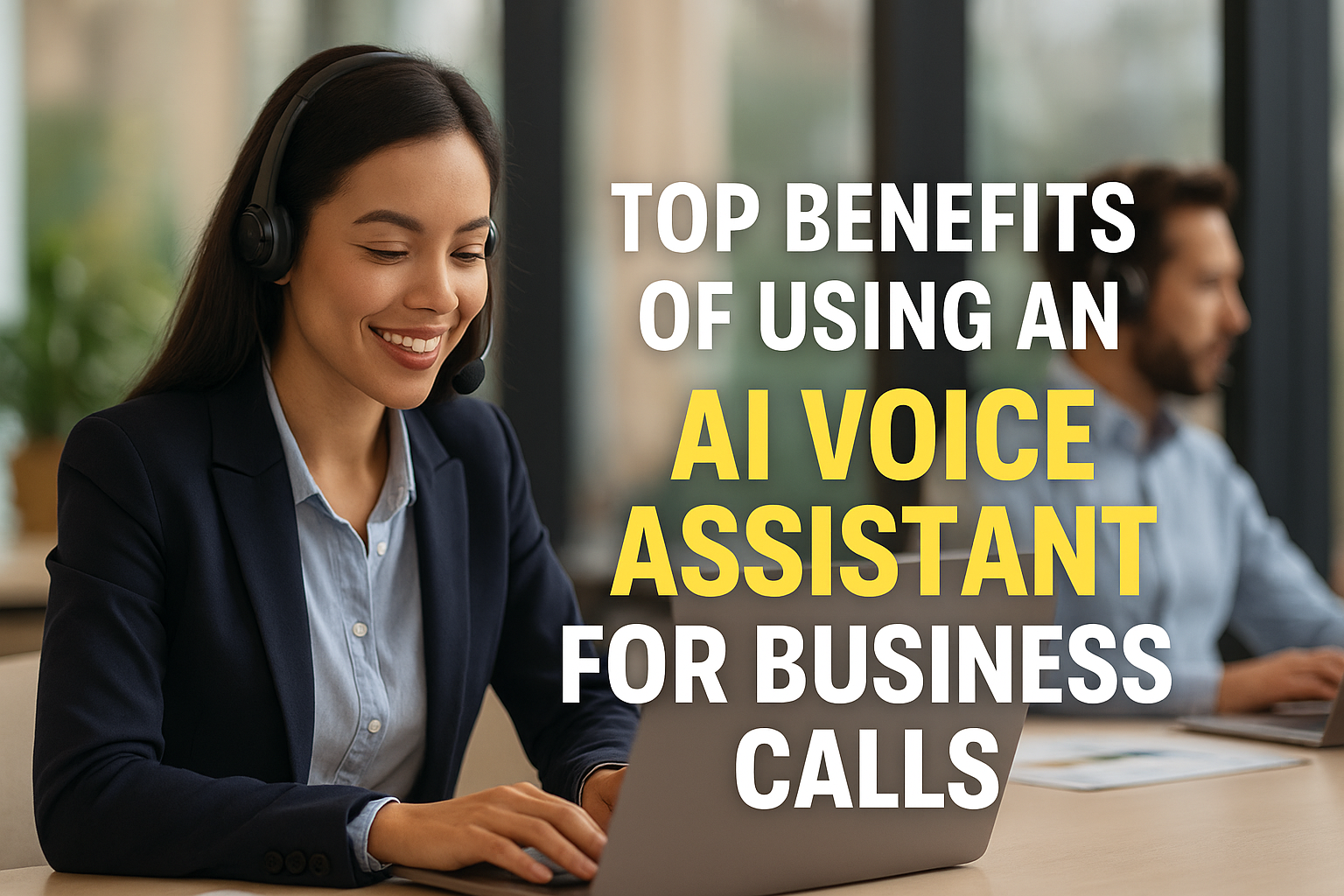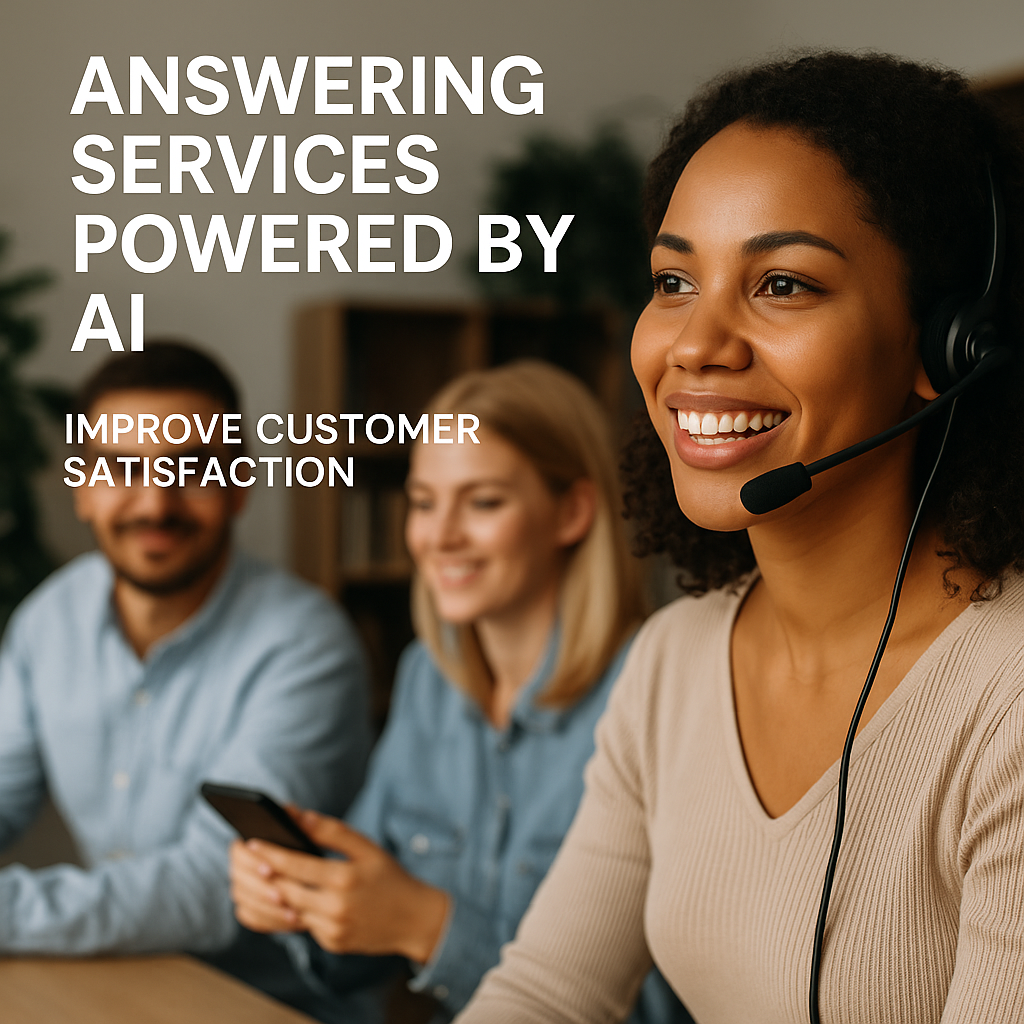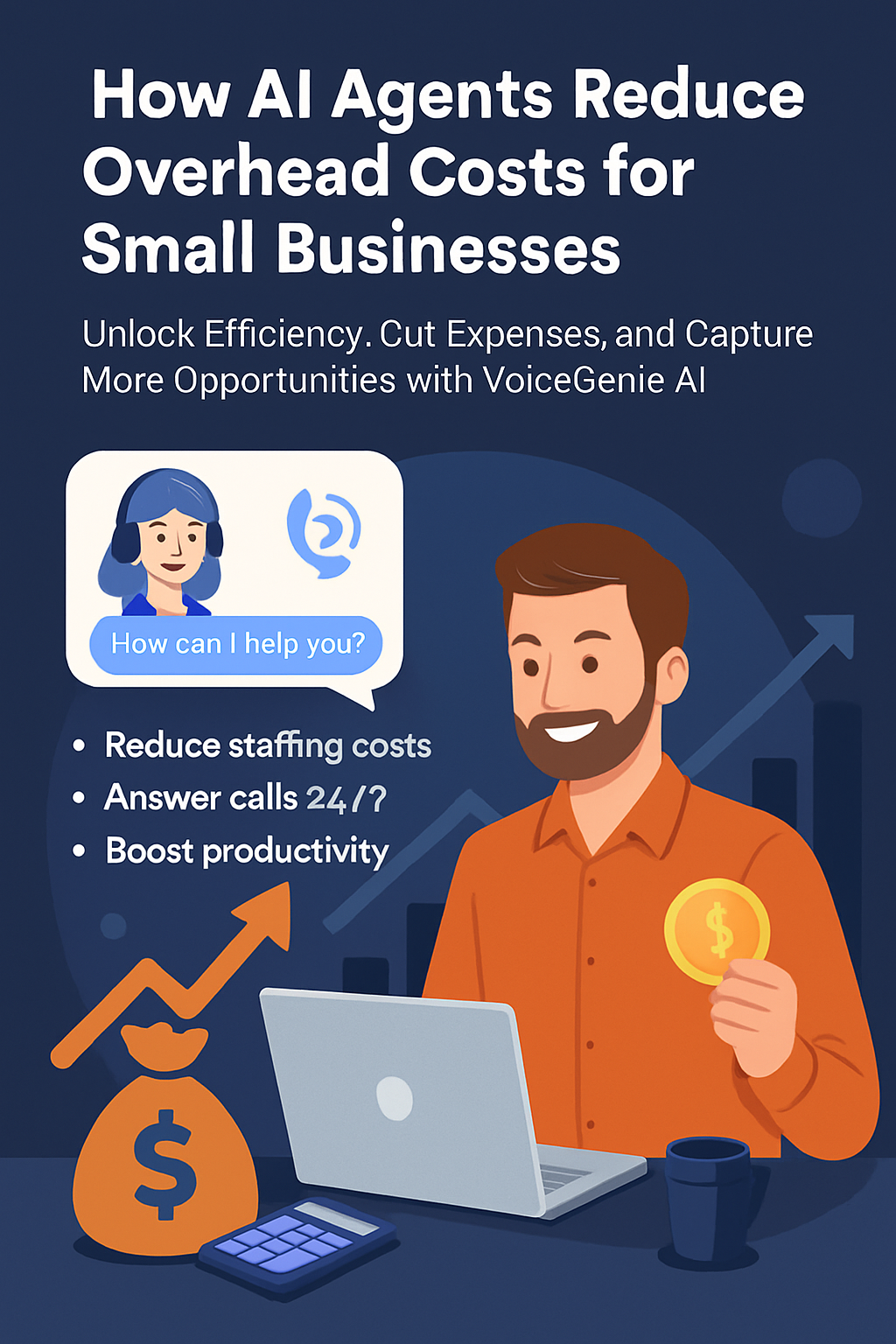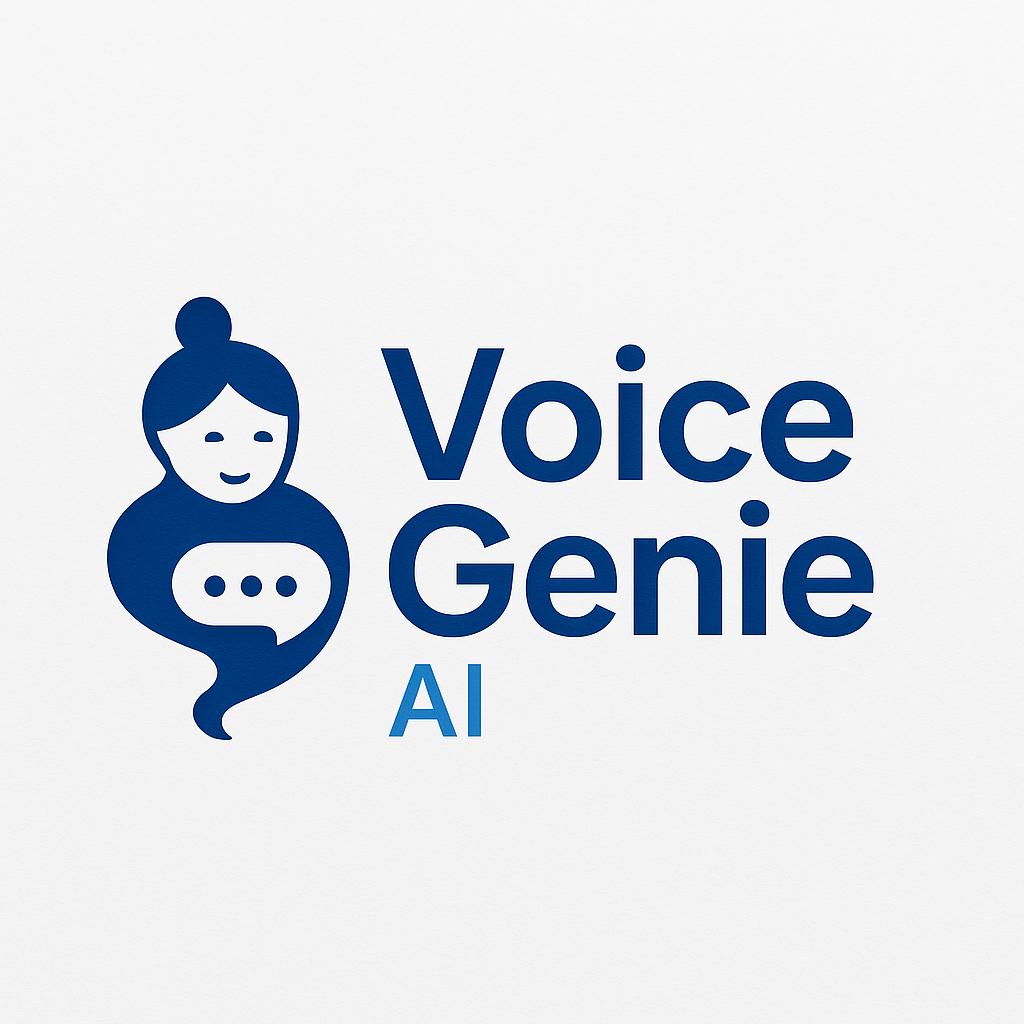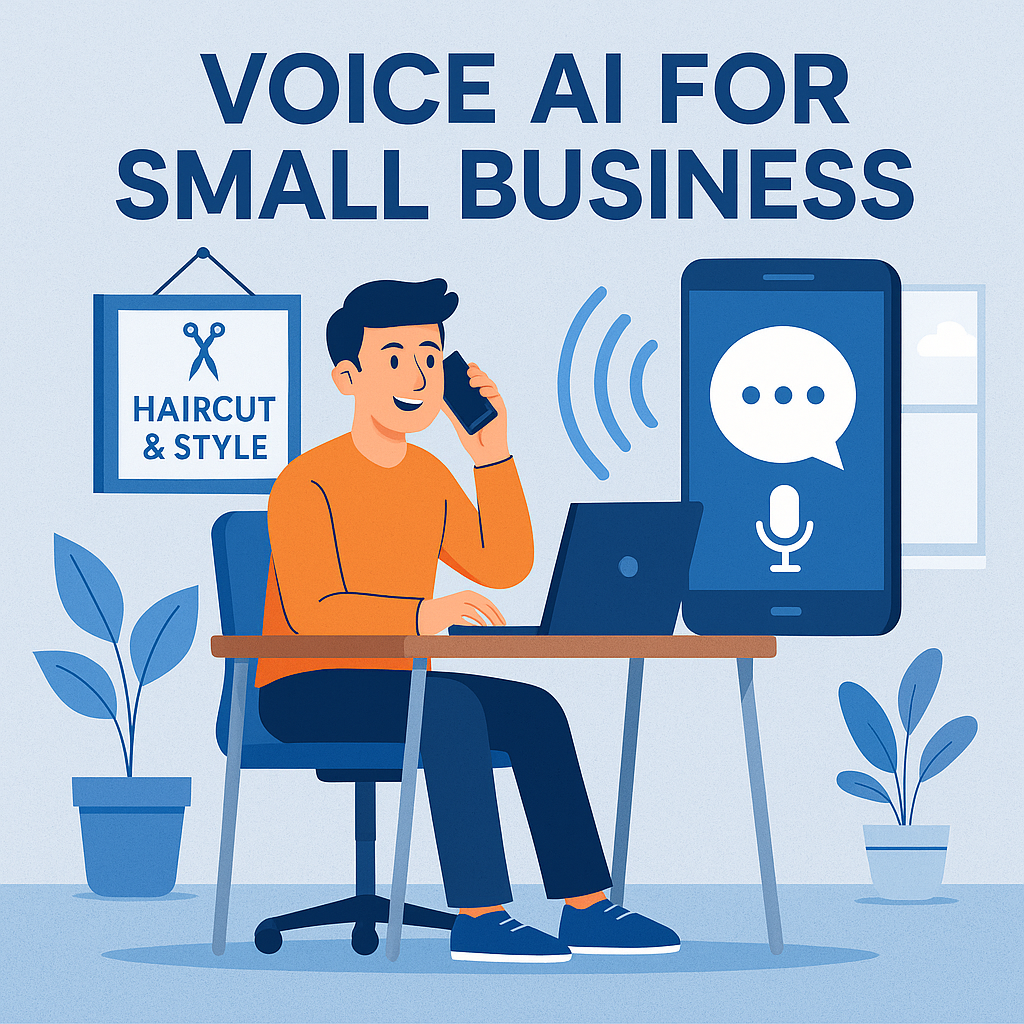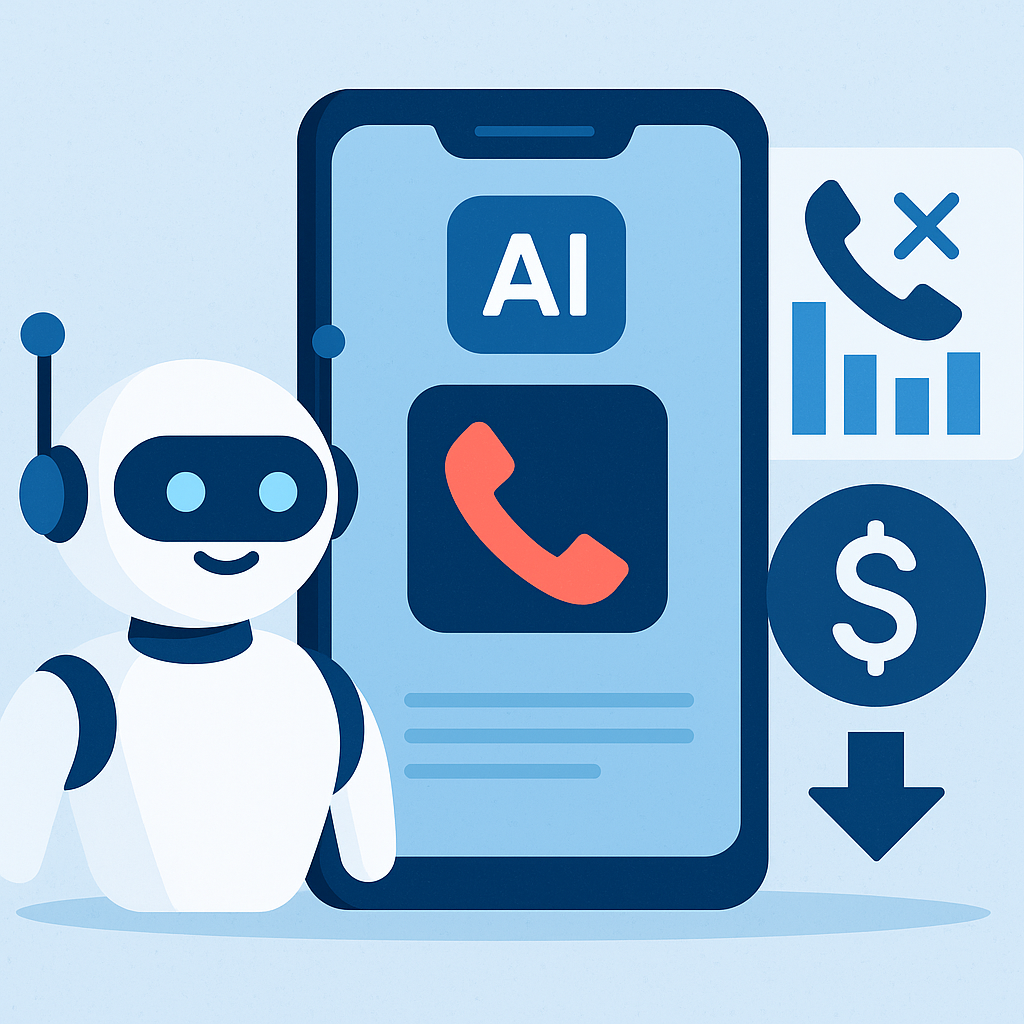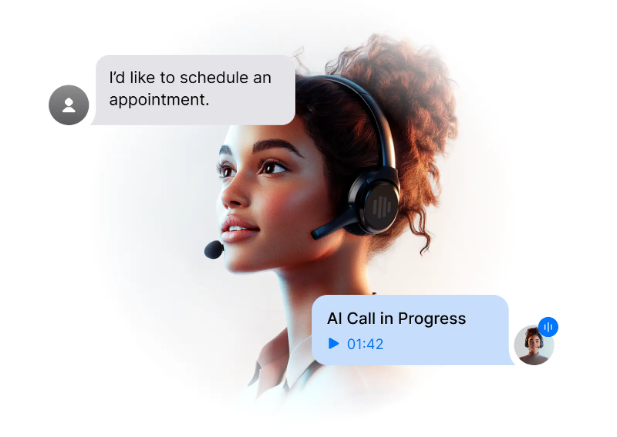Impact of Technology on Business Models and Innovation in 2025
Technology is no longer just a tool for business—it has become a fundamental driver of change, reshaping how companies operate, deliver value, and connect with their customers. In 2025, we will see technology take center stage, disrupting traditional business models and sparking innovation across industries. With advancements in artificial intelligence (AI), machine learning, and cloud computing, businesses must rethink their strategies to remain competitive and thrive in this evolving landscape.
Disruption of Traditional Business Models by Technology in 2025
In 2025, technology will continue to disrupt traditional business models, challenging long-established ways of doing business. Digital transformation will enable companies to streamline processes, reduce costs, and reach customers in innovative ways. For instance, AI-powered chatbots and virtual assistants will automate customer service, providing instant support and freeing up human resources for more complex tasks. Cloud computing will allow businesses to scale operations more efficiently, eliminating the need for costly on-site infrastructure.
This disruption will be particularly evident in sectors like retail, finance, and healthcare. Traditional brick-and-mortar stores will need to adopt e-commerce and omnichannel strategies to remain relevant. Financial institutions will leverage fintech innovations to offer more personalized and accessible services. Meanwhile, the healthcare industry will use telemedicine and health analytics to provide better patient outcomes. Companies that fail to embrace these changes risk being left behind, as new, tech-driven entrants redefine the rules of competition.
Rise of Subscription-Based and As-a-Service Models in 2025
Subscription-based and “as-a-service” models will dominate in 2025, offering businesses predictable revenue streams and greater customer engagement. These models, which have already gained traction in software and entertainment, will expand into new industries such as automotive, healthcare, and even consumer goods. For example, automakers are experimenting with car subscription services, where customers can switch between different vehicle models for a monthly fee. This shift provides flexibility for consumers and allows companies to gather valuable usage data to refine their offerings.
The "Everything-as-a-Service" (XaaS) approach will enable companies to deliver products and services on demand, reducing upfront costs for customers while creating recurring revenue for businesses. By 2025, businesses will see a surge in demand for software-as-a-service (SaaS), infrastructure-as-a-service (IaaS), and even AI-as-a-service solutions. This trend will make it easier for startups and small businesses to access advanced technology without large capital investments, leveling the playing field and fostering innovation.
Technology-Driven Innovations in Product Development in 2025
Technology will significantly accelerate product development in 2025, enabling businesses to prototype, test, and launch products faster than ever before. Digital twins—virtual replicas of physical products—will allow companies to simulate performance and make design adjustments before manufacturing begins. This will reduce development costs, minimize errors, and speed up time-to-market.
AI will also play a pivotal role in product innovation. Machine learning algorithms will analyze market trends and consumer feedback, helping businesses identify emerging needs and preferences. With these insights, companies can develop highly tailored products that resonate with specific customer segments.
Pro Tip: additive manufacturing (3D printing) will facilitate rapid prototyping and small-batch production, supporting agile product development and customization.
Prediction: technology will continue to be a powerful force driving business model evolution and innovation in 2025.
By embracing technological disruption, exploring new service-based models, and leveraging cutting-edge tools for product development, businesses can stay ahead of the curve and unlock unprecedented growth opportunities. The companies that boldly adopt these changes will not only thrive but also shape the future of commerce and innovation.

